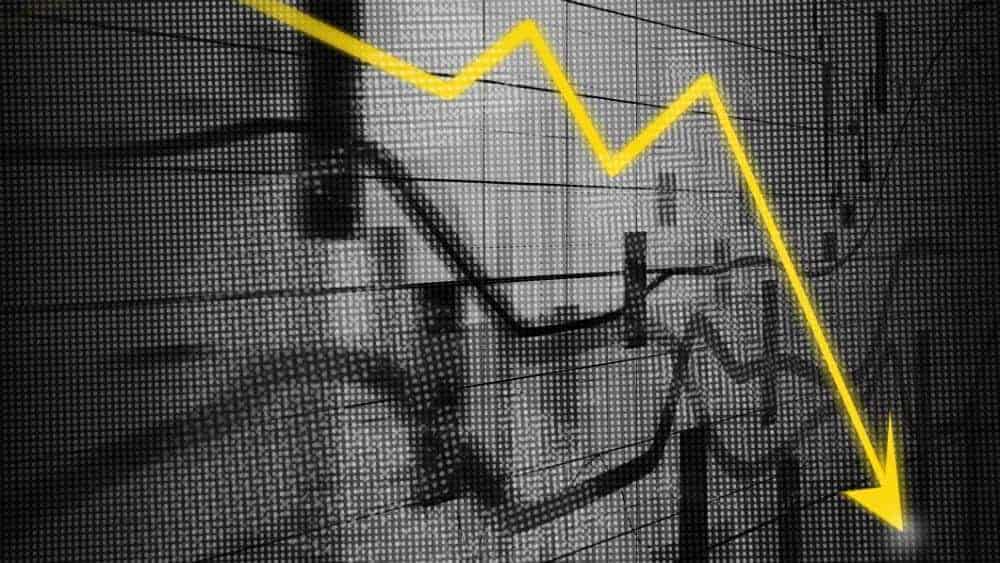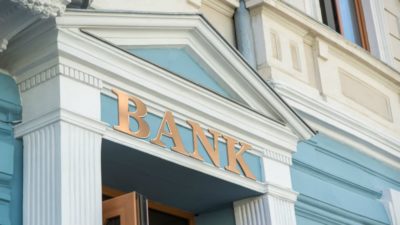Financial markets have very short memories. There is a very real risk of a full-blown crisis arising in emerging markets similar to that witnessed in 1997 and again in the early 2000s. It has been postulated by some economists that an all-out crisis among developing nations could trigger a financial collapse similar in size and scale to what was witnessed in 2008.
While this appears unlikely, a near perfect storm of a stronger U.S. dollar, looming trade war, rising U.S. interest rates and Trump’s U.S. centric aggressive foreign policy has placed considerable pressure on a range of developing economies.
This could derail growth expected from Canadian companies with significant emerging markets exposure such as Brookfield Infrastructure Partners L.P. (TSX:BIP.UN)(NYSE:BIP) and Bank of Nova Scotia (TSX:BNS)(NYSE:BNS), also known as Scotiabank.
Now what?
Stronger U.S. economic growth and rising interest rates are all working to strengthen the U.S. dollar. A stronger dollar is responsible on several levels for provoking the crisis that is evolving among developing nations.
First, there is the commodity effect. A firmer dollar makes commodities more expensive in other currencies, putting a negative effect on demand. Many emerging markets are highly dependent upon the extraction and sale of commodities, notably petroleum and metals, to drive economic growth. That means that as the consumption of commodities wanes, their economies slow.
You only need to turn to Colombia, Latin America’s fourth largest oil producer, to witness this. When oil slumped in late 2014, Colombia’s GDP growth plummeted from over 4% for that year to under 2% by 2017.
There is also a balance sheet effect that occurs, as many developing nations have considerable amounts of debt that is typically denominated in U.S. dollars. As the dollar firms, the cost of servicing that debt rises and can spark considerable fiscal issues.
Due to historically low interest rates in the wake of the 2008 financial crisis, many developing economies binged on debt, leaving many dangerously overleveraged.
Argentina, which has long been an economic basket case, has over US$200 billion in U.S. dollar denominated debt, which is equivalent to 41% of the Latin nation’s GDP. The pressures associated with a stronger dollar have been magnified by the collapse in value of many emerging market currencies.
The Argentine peso has been in freefall since the start of 2018 having lost over 50%, forcing the reformist government of President Macri to beg the International Monetary Fund (IMF) for an aid package. This resulted in the embattled Latin nation receiving the IMF’s biggest loan package totalling US$57 billion to be disbursed over three years.
Rising U.S. interest rates are not only amplifying the impact of a stronger dollar, but are also causing capital outflows and reduced foreign investment in emerging markets, further impacting economic growth and fiscal revenues. This is because higher rates coupled with lower risk make the U.S. a more attractive jurisdiction for investors.
The most vulnerable emerging markets are those with a poor balance of trade, weak fiscal positions, high levels of U.S. dollar denominated debt, structural economic inefficiencies and rapidly devaluing currencies. Countries that possess many of those characteristics and are ranked among the most vulnerable are Argentina, Turkey, South Africa, Brazil and Colombia.
The threat of contagion is very real. If investors lose confidence in emerging markets, it could trigger a broad-based debt sell-off and a massive flight of capital, causing currencies to collapse and economic growth to stall. This would leave many in need of an IMF bailout similar to what occurred during the Mexican peso crisis in 1995.
So what?
While Brookfield Infrastructure Partners has considerable emerging markets exposure with operations in Brazil, Colombia, Peru, Chile and India, it is not as vulnerable as it appears, as in many cases, it operates in oligopolistic industries, allowing it to be a price maker and protect its earnings. Much of the infrastructure it owns in those nations is critical to economic activity, meaning that the demand remains relatively inelastic.
Scotiabank, the third largest privately-owned bank in Chile and Peru, the fifth largest in Colombia and sixth in Mexico, is acutely vulnerable to such a crisis because banks are dependent upon prosperity to drive higher earnings. Not only would it crimp growth in its international banking division, but it would also spark a sharp uptick in lending defaults across its regional loan book, leading to higher lending losses and provisions.
That would further impact growth and Scotiabank’s bottom line.









